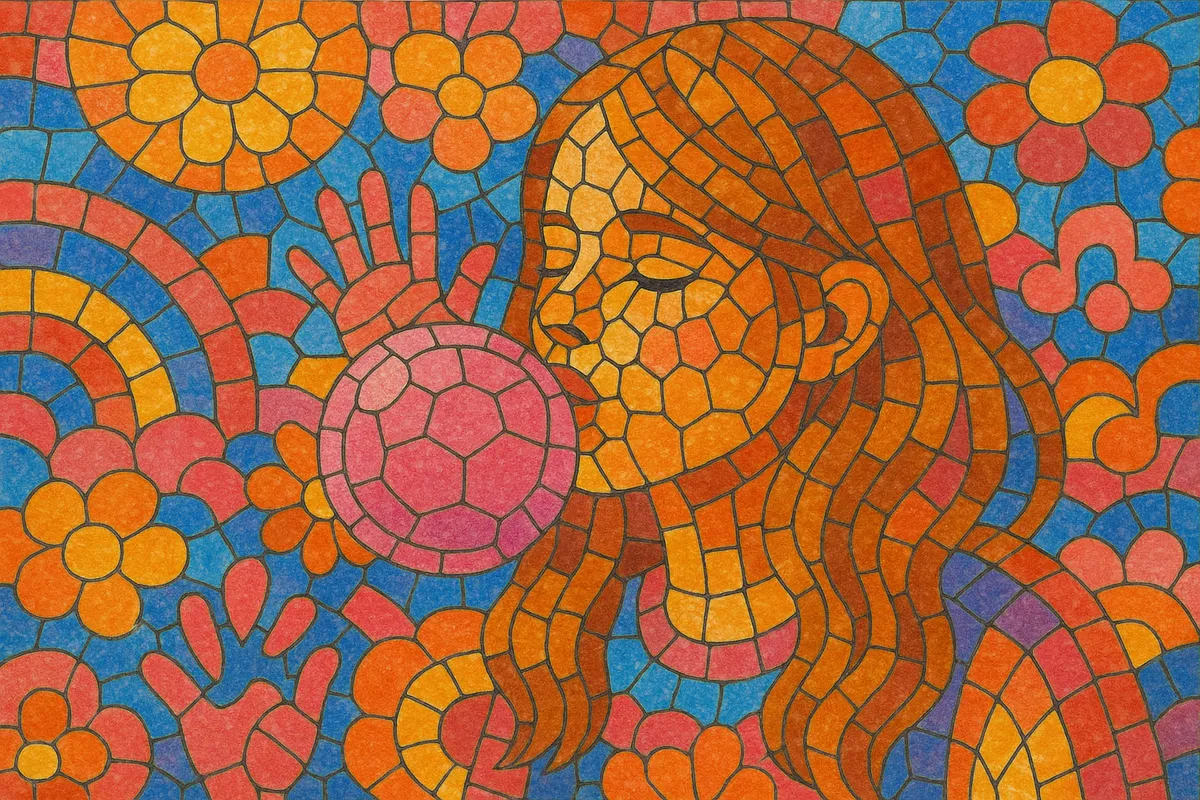Bubblegum is a bright, hook-saturated strain of late-1960s pop built for instant sing‑along appeal and teen/preteen audiences. Songs are short, cheerful, and shamelessly catchy, with bouncy 4/4 beats, simple major‑key chord cycles, handclaps, tambourines, and chantable or nonsense‑syllable refrains.
Often created by producer-led studio projects and marketed via TV, cartoons, and colorful branding, bubblegum privileges irresistible choruses and uncomplicated lyrics about crushes, dancing, and schoolyard romance. It’s radio-first pop: uncomplicated, upbeat, and engineered for maximum earworm effect.
Bubblegum crystallized in the United States in the late 1960s as producers and labels targeted the youth market with streamlined, irresistibly catchy pop. Buddah Records and the Super K Productions team (Jerry Kasenetz and Jeff Katz) became synonymous with the sound, assembling studio musicians and fictional groups to deliver upbeat singles tailor‑made for radio and TV. Signature early hits included The Archies’ “Sugar, Sugar” (1969), Ohio Express’s “Yummy, Yummy, Yummy” (1968), and 1910 Fruitgum Company’s “Simon Says” (1968).
The archetypal bubblegum single ran two to three minutes, with bright guitars, organ, tambourine, and big “na‑na/doo‑doo” chants. Lyrics were innocent and flirty, the grooves were straight and danceable, and choruses arrived quickly and repeated often. Television and cartoon tie-ins (e.g., The Archies, The Banana Splits) amplified the music’s visibility, while real bands like The Monkees and Tommy Roe contributed bubblegum-adjacent hits.
Elements of bubblegum’s simplicity and chantable hooks filtered into UK glam pop/rock. Early singles by The Sweet and hits by the Bay City Rollers carried bubblegum’s DNA—stomping beats, huge choruses, and youth-focused themes—into a slightly heavier, glittering context. As album‑oriented rock, singer‑songwriters, disco, and funk rose, pure bubblegum’s chart dominance faded.
Bubblegum’s formula resurfaced in the 1990s via bubblegum dance (a cheerful Eurodance offshoot) and informed waves of teen pop and idol pop. Japanese idol music (idol kayō) and later K‑pop absorbed bubblegum’s emphasis on hooks, group chants, and vivid branding, while modern dance‑pop regularly borrows its concise structures and sugary toplines.
Though sometimes dismissed as disposable, bubblegum proved a durable blueprint for commercial pop: hook-forward writing, brisk pacing, cheerful major‑key harmony, and savvy cross‑media marketing. Its imprint is audible in teen pop, idol systems, dance‑pop, and any radio single that leads with an unforgettable chorus.


